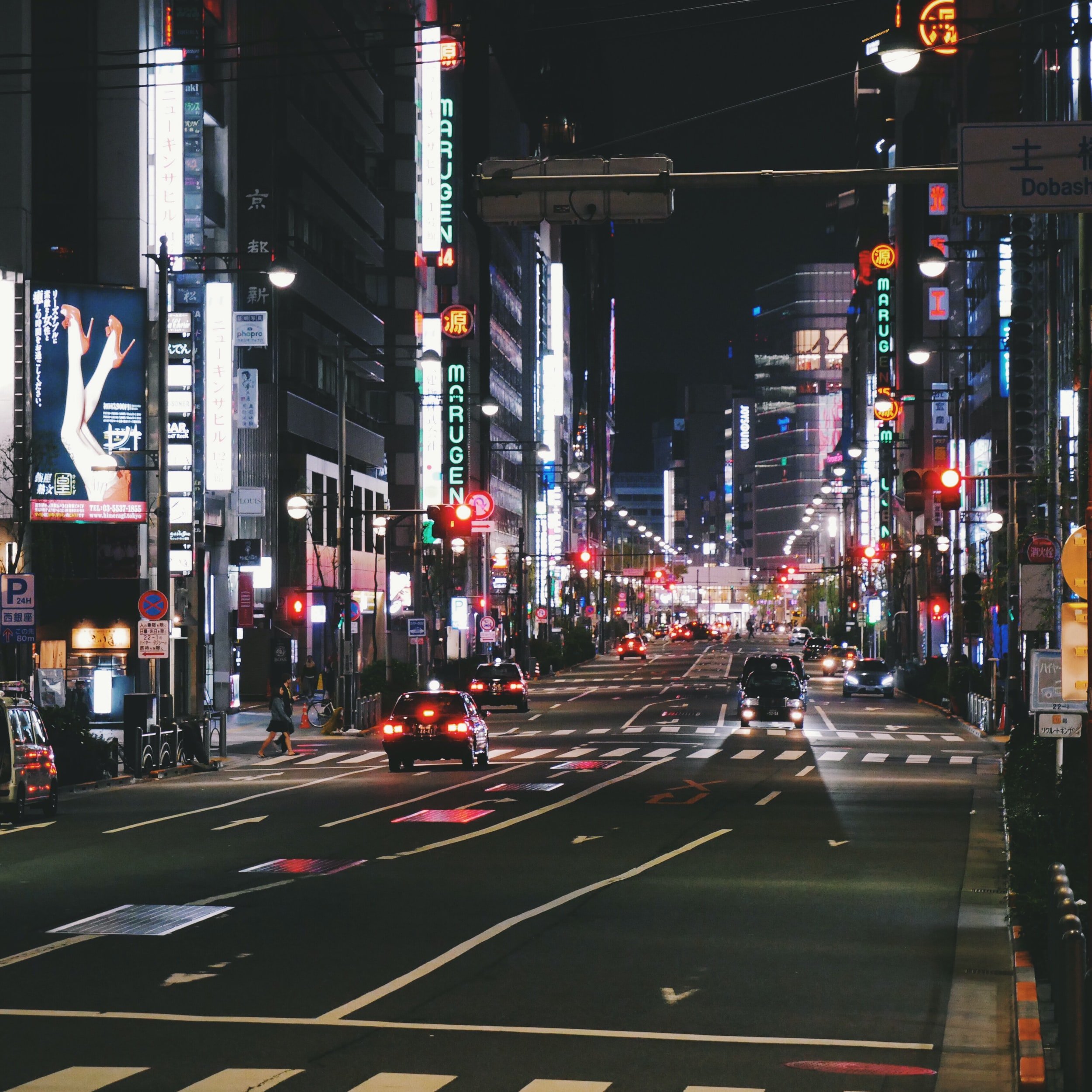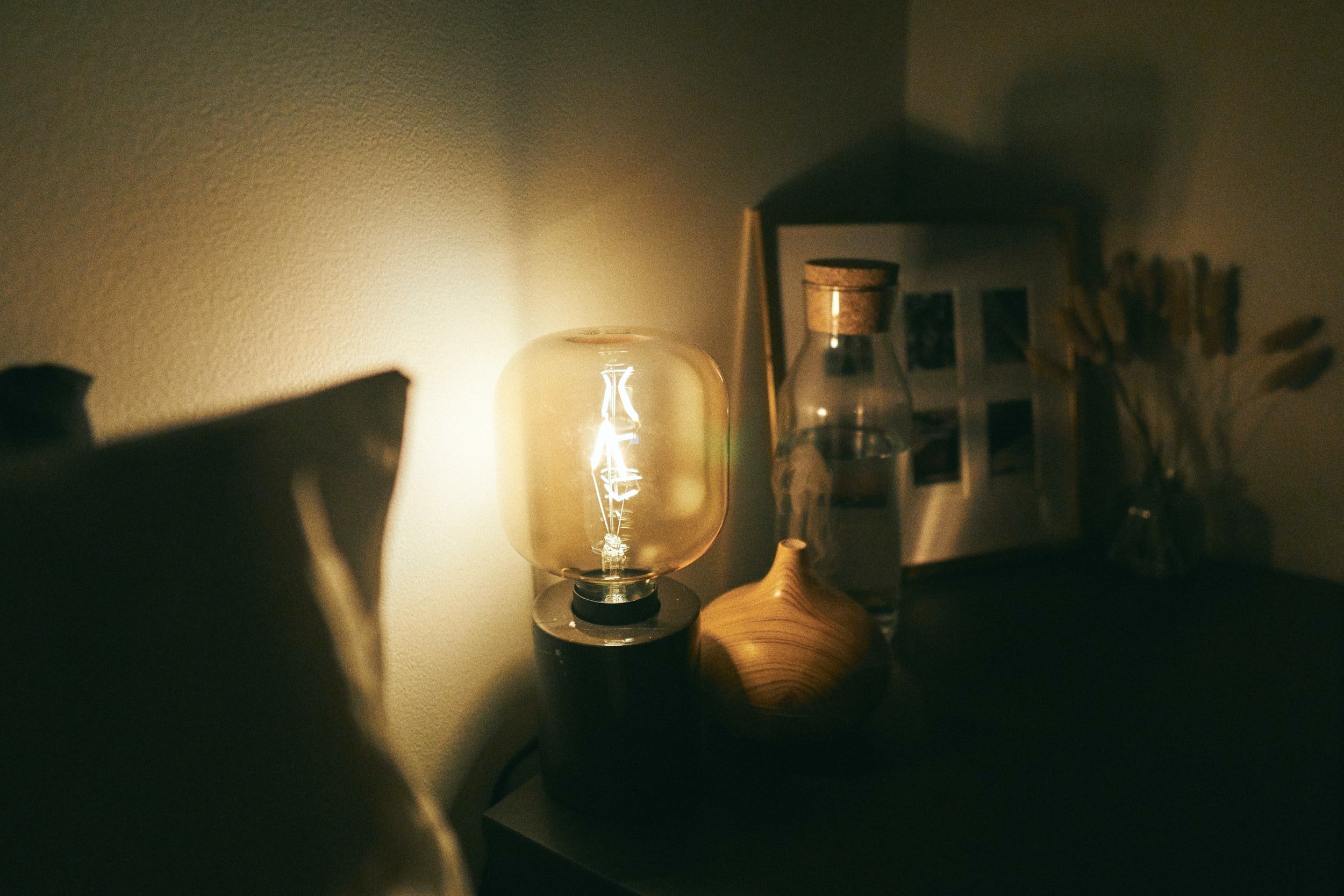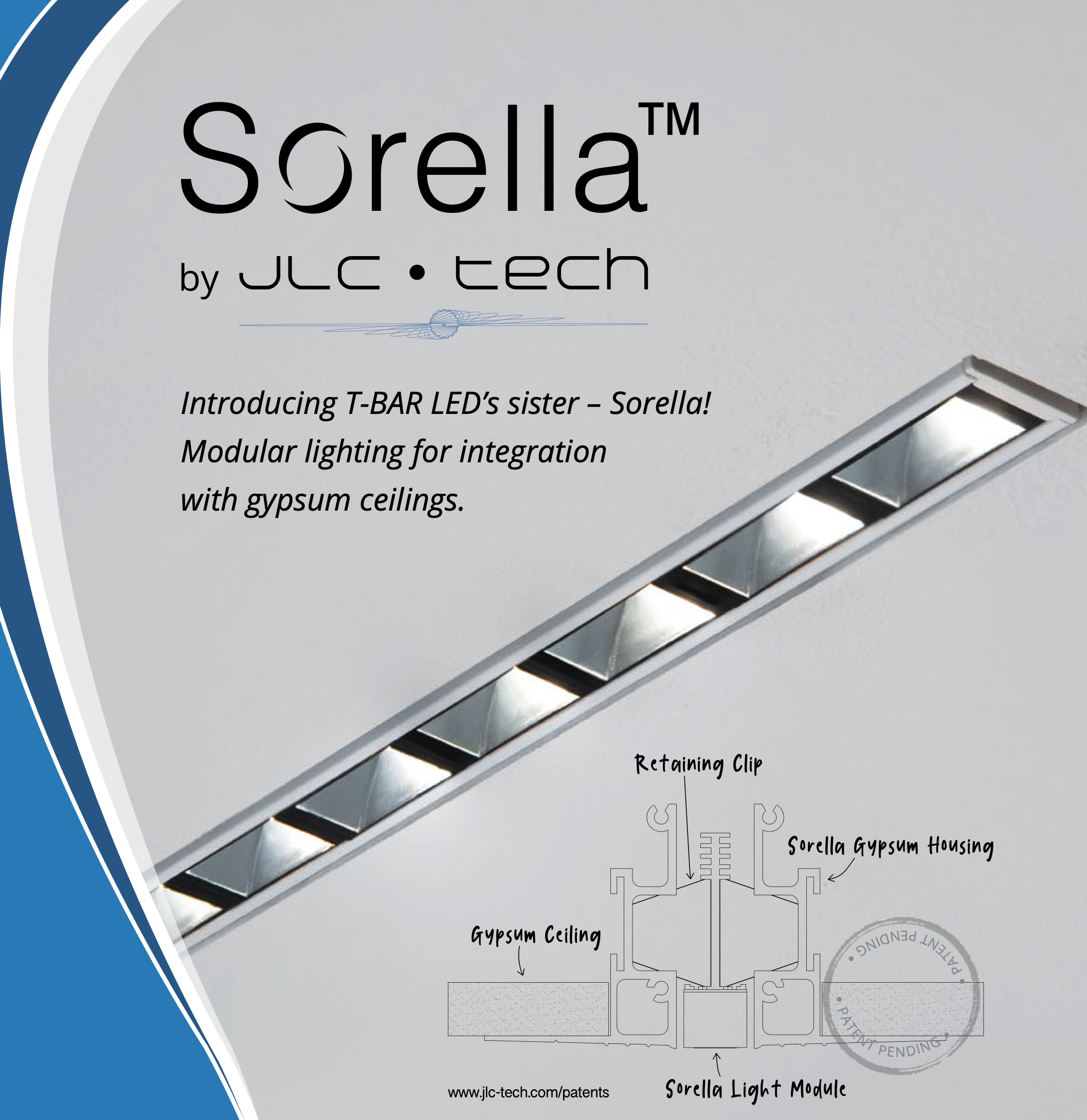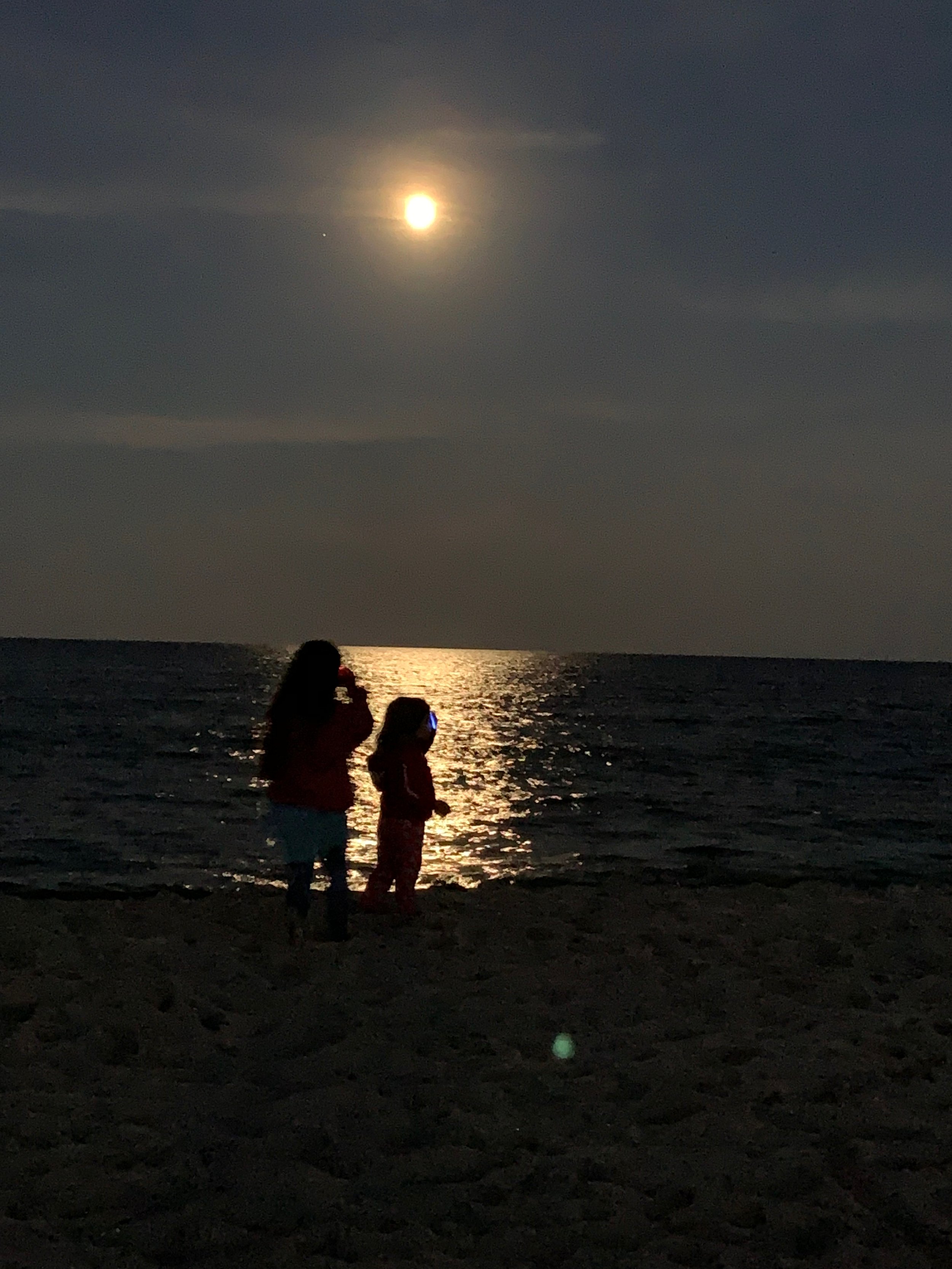The Mounting Evidence That We Need Darker Nights
There’s no shortage of scientific evidence that we need more darkness at night. But two studies I came across this weekend only reiterate these findings.
The first is a study published in the International Journal of Health Geographics. In this meta-study researchers combined results from qualified studies and found a correlation between exposure to light at night and break cancer in pre-menopausal women. Previously it was believed this risk was limited to nigh-shift workers, but this study showed that across demographics and professions, exposure to light at night for any reason is correlated with elevated breast cancer risk.
We investigated the extent to which LAN, including outdoor and indoor exposure, affects breast cancer risk. We performed a systematic review of epidemiological evidence on the association between LAN exposure and breast cancer risk, using a dose–response meta-analysis to examine the shape of the relation…This first assessment of the dose–response relation between LAN and breast cancer supports a positive association in selected subgroups, particularly in premenopausal women.
Published by the Proceedings of the National Academy of Sciences (PNAS) this small study shows that even a small amount of light can harm our sleep.
This laboratory study shows that, in healthy adults, one night of moderate (100 lx) light exposure during sleep increases nighttime heart rate, decreases heart rate variability (higher sympathovagal balance), and increases next-morning insulin resistance when compared to sleep in a dimly lit (<3 lx) environment. Moreover, a positive relationship between higher sympathovagal balance and insulin levels suggests that sympathetic activation may play a role in the observed light-induced changes in insulin sensitivity.
What’s interesting is that it doesn’t take much light for these effects to take hold. At only 100 Lux (+/- 10 Foot-candles) there were multiple negative effects to sleep hygiene.
“Interestingly, while there were no differences in the overall AUC of insulin during the OGTT, there were higher insulin levels in the early phase of insulin secretion (i.e., AUC of insulin response within the first 30 min of the OGTT) following the night of room light exposure for participants in the room light condition when compared to those in the dim light condition”
What does this mean for the lighting industry?
These studies are part of a growing body of evidence of the detrimental effects of the exposure to light at night. On a very basic level we need darkness. This need for darkness needs to become part of the discussion for how we light our residential areas at night, how we design our bedrooms, when we stop using back-lit screens, and a host of other effects.
It is also clear that we need more study to determine how much and what quality of light create these detrimental effects, but it’s becoming increasingly clear that we are only in balance when we have equal measures of light and dark. That’s why I’m part of the Lighting and Health Research Center.










